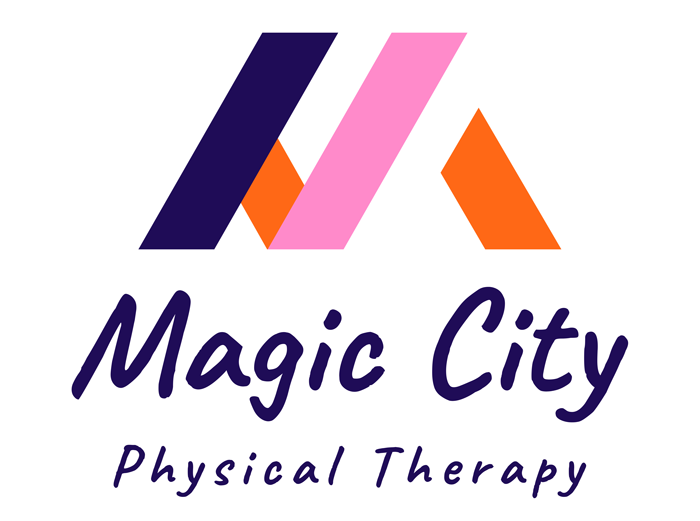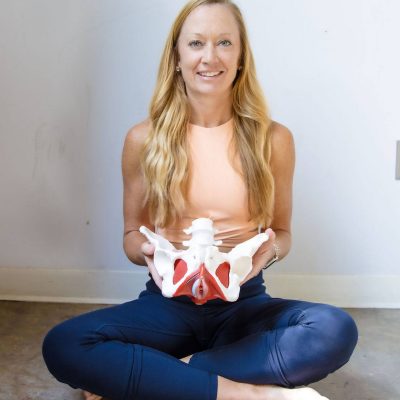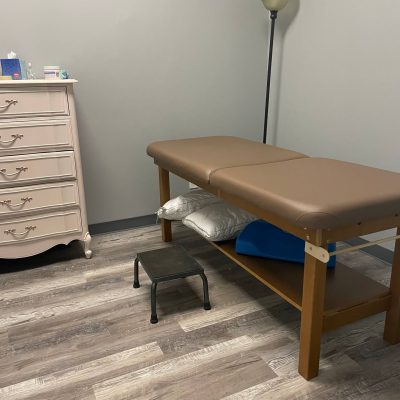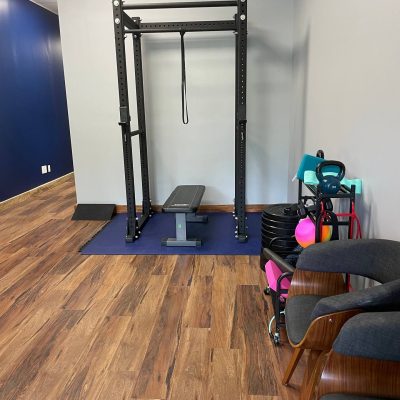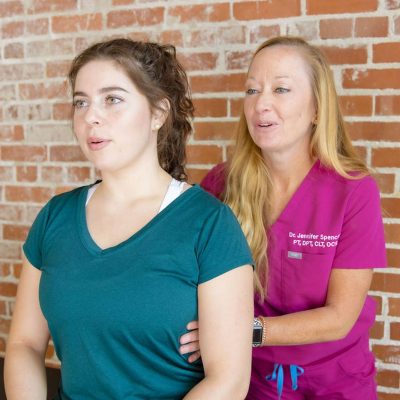When six-year-old “Emma” (name changed for privacy) first came to our clinic, she was struggling with a trio of distressing symptoms: encopresis (fecal incontinence), daytime urinary incontinence, and nighttime bedwetting (enuresis). Her parents were overwhelmed, unsure of how to support her, and Emma herself was growing more withdrawn and anxious. She avoided playdates, was hesitant to participate in school activities, and had begun expressing embarrassment about accidents. Her story is one we hear often—but her transformation over the course of just 10 therapy sessions is one we’re proud to share.
Initial Evaluation
Emma’s initial evaluation revealed a classic pattern often seen in pediatric pelvic floor dysfunction. Her toileting history included frequent urinary leaks during the day, nighttime bedwetting nearly every night, and frequent soiling of her underwear despite bathroom visits. Her parents reported that she had been toilet trained at age 3, occasionally had nighttime accidents but the majority of symptoms arose when she was 5.
A bowel and bladder diary showed irregular voiding patterns, a tendency to “hold it” for long periods, and signs of chronic constipation. Emma was avoiding bowel movements due to fear of discomfort, contributing to a cycle of retained stool and frequent accidents. These physical issues were compounded by emotional distress: Emma was becoming self-conscious, avoiding sleepovers, and increasingly frustrated.
Treatment Plan
Our team developed an individualized treatment plan focused on three core areas:
- Pelvic Floor Muscle Training
Using age-appropriate biofeedback tools and play-based exercises, Emma learned how to coordinate and strengthen her pelvic floor muscles. At first, she had difficulty identifying these muscles, but with feedback and encouragement, she began to recognize when she was clenching or relaxing. - Bowel and Bladder Retraining
We established a timed voiding schedule to encourage regular bathroom visits and reduce holding behaviors. We also educated Emma and her parents on the importance of hydration and fiber-rich nutrition to improve stool consistency and reduce constipation. - Parental Education and Support
Perhaps just as important as the physical therapy itself was the empowerment of Emma’s caregivers. We spent time in each session educating them about the bowel-bladder connection, the physiology of encopresis, and how to support toileting without shame or pressure. They learned how to use positive reinforcement and to frame progress in a celebratory, child-friendly way.
Progress Over 10 Visits
Emma attended therapy weekly for 10 sessions over a 3-month span. Early sessions focused on building rapport, body awareness, and establishing new habits. Her parents consistently reported that the structure and support helped reduce their anxiety, which in turn created a more positive environment for Emma.
By session 4, Emma was having fewer urinary leaks during the day and had begun to recognize when she needed to use the bathroom. Her confidence grew as she realized she had some control over her body. We introduced playful pelvic floor and core exercises using games and interactive tools, helping her remain engaged throughout each session.
By session 7, the soiling had significantly decreased. With improved bowel regularity and pelvic floor control, Emma no longer experienced daily accidents. She began initiating trips to the bathroom on her own and proudly reported her progress to the therapist each week.
By the end of her 10th session, Emma’s nighttime accidents had also improved. While occasional bedwetting remained, the frequency was reduced, and she had gained tools to manage it. Most importantly, Emma’s confidence had soared. She began attending sleepovers, and her parents shared that she was more cheerful and less anxious overall.
Family Reflections
Emma’s parents expressed immense gratitude for the education, empathy, and holistic care provided throughout her treatment. “We finally felt like we weren’t alone,” her mother shared. “Before therapy, we thought she was just being stubborn. Now we understand her body better, and we know how to help her.”
The family also appreciated how therapy incorporated Emma’s voice and experience, helping her feel empowered rather than ashamed. The transformation wasn’t just in symptom reduction—it was in quality of life, confidence, and connection.
Final Thoughts
Emma’s case is a beautiful reminder that pediatric pelvic therapy can be life-changing. With a supportive team, evidence-based strategies, and a family-centered approach, even children with persistent symptoms can experience meaningful recovery.
If your child is struggling with bowel or bladder issues, know that help is available—and progress is possible. Every child deserves the chance to feel dry, confident, and in control.
